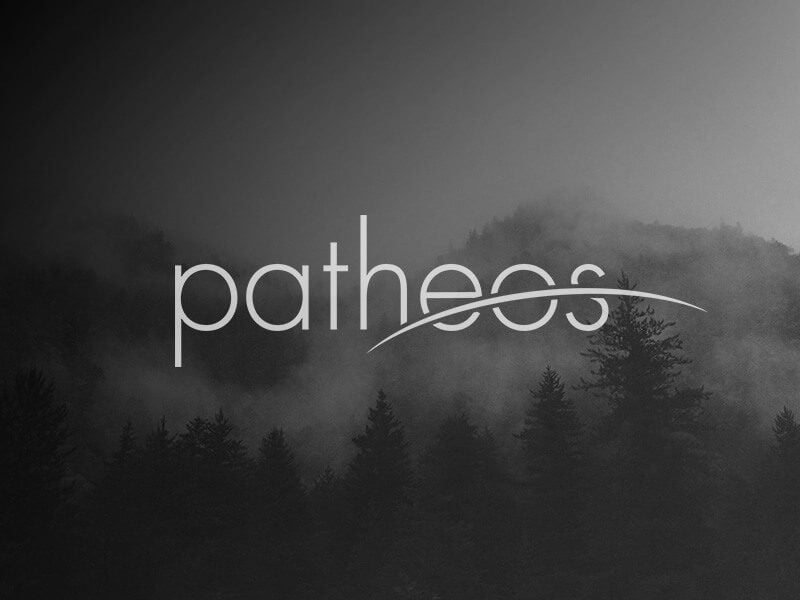Max Boot defines terrorism as “the use of violence by nonstate actors directed primarily against noncombatants . . . in order to intimidate or coerce them and change their government’s policies or composition” ( Invisible Armies: An Epic History of Guerrilla Warfare from Ancient Times to the Present ). So defined, terrorism has been comparatively rare before the 19th century. There were the “Nizari Ismailis, a Shiite sect of the eleventh century AD that was persecuted by the rest of the Mustlim world. To carve out space to practice and proselytize their religion, their first great leader, Hasan-i Sabbah, took to assassinating his foes” (206). He mentions the ancient Sicarii in passing, and the Catholic conspirator Guy Fawkes.
For terrorism to spread, Boot argues, four things are needed: “destructive and portable weaponry, the mass media, literacy, and secular ideologies.” “Literacy” is something of a surprise on that list, and Boot explains that in countries like Russia “Universities became petri dishes of extremist ideologies . . . both reactionary and radical.” Universities provided “a growing number of educated people from whom terrorists could draw recruits and whom they could try to influence” (209).











